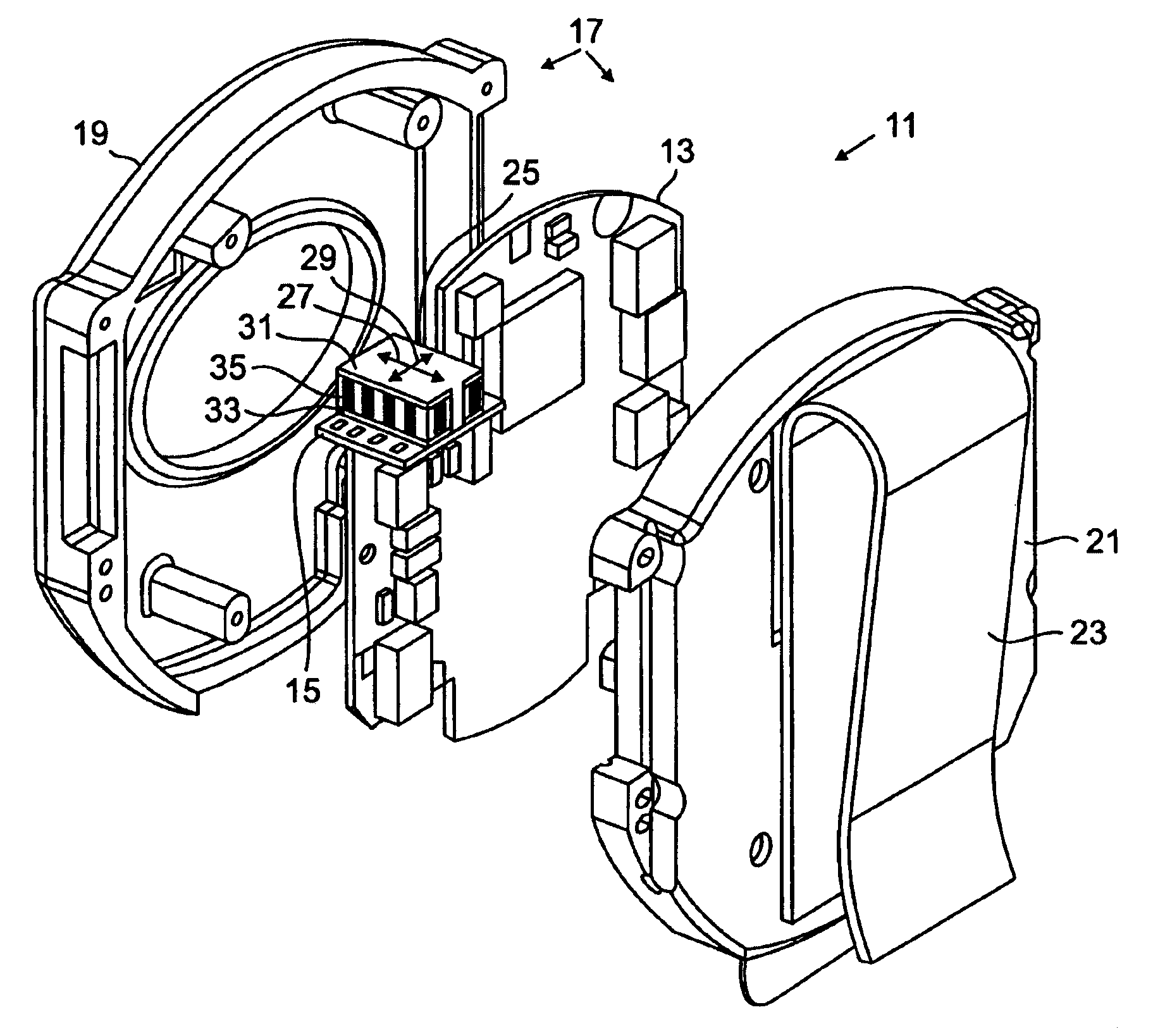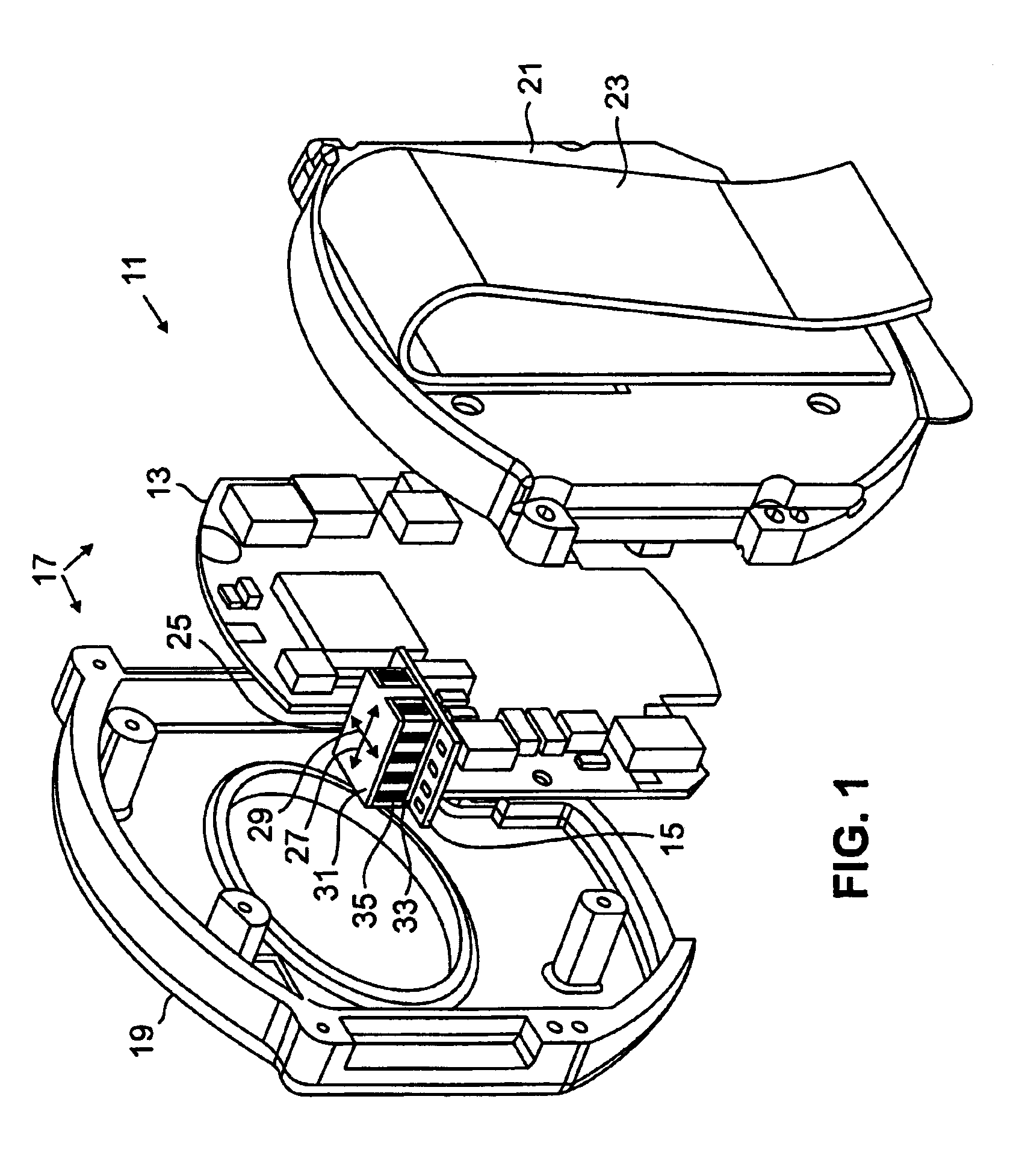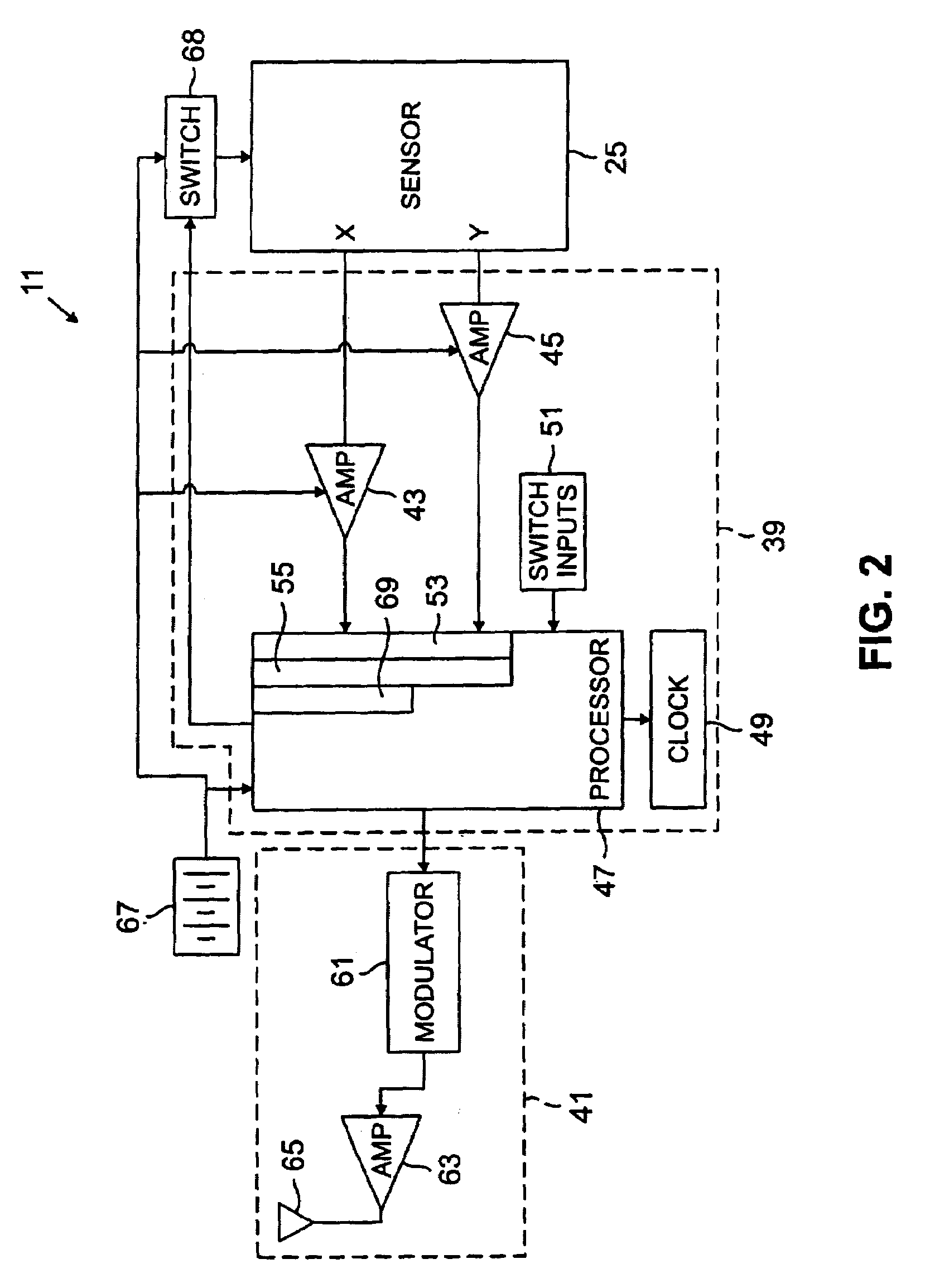System and method for analyzing activity of a body
a body and activity technology, applied in the field of body activity analysis, can solve the problems of inability to determine whether a change in position, once attained, is acceptable or unacceptable, and fails to recognize possible causes of any increase or decrease in body activity. , to achieve the effect of increasing efficiency
- Summary
- Abstract
- Description
- Claims
- Application Information
AI Technical Summary
Benefits of technology
Problems solved by technology
Method used
Image
Examples
Embodiment Construction
[0041]FIGS. 1 through 15, discussed below, and the various embodiments used to describe the principles of the present invention in this patent document are by way of illustration only and should not be construed in any way to limit the scope of the invention. Those skilled in the art will understand that the principles of the present invention may be implemented in any suitably arranged system for detecting the motion of a body.
[0042]FIG. 1 illustrates an isometric view of an exemplary embodiment of a system (generally designated 11) that evaluates body activity in accordance with the principles of the present invention, and more particularly that measures and distinguishes selected accelerative events of a body (not shown). As used in this disclosure, the phrases “accelerative events” or “accelerative phenomena” are defined as occurrences of change in velocity of the body (or acceleration), whether in magnitude, direction or both, and including cessation of activity or inactivity.
[...
PUM
 Login to View More
Login to View More Abstract
Description
Claims
Application Information
 Login to View More
Login to View More - R&D
- Intellectual Property
- Life Sciences
- Materials
- Tech Scout
- Unparalleled Data Quality
- Higher Quality Content
- 60% Fewer Hallucinations
Browse by: Latest US Patents, China's latest patents, Technical Efficacy Thesaurus, Application Domain, Technology Topic, Popular Technical Reports.
© 2025 PatSnap. All rights reserved.Legal|Privacy policy|Modern Slavery Act Transparency Statement|Sitemap|About US| Contact US: help@patsnap.com



